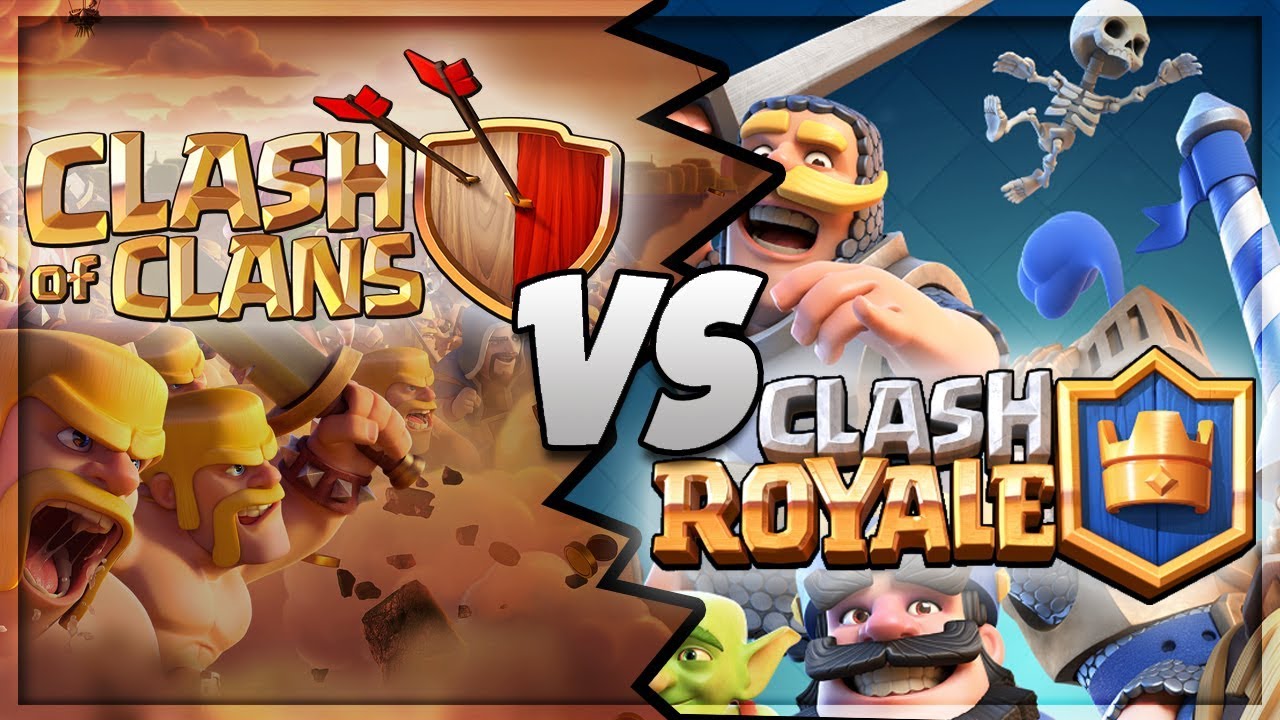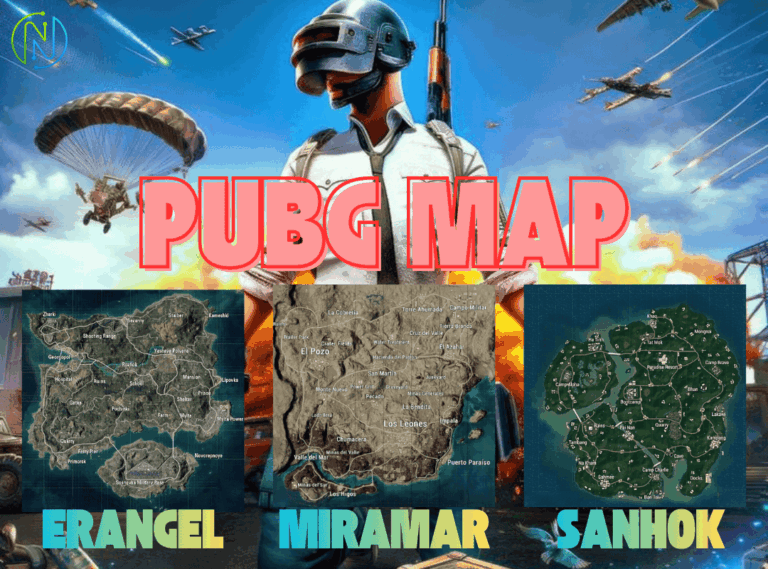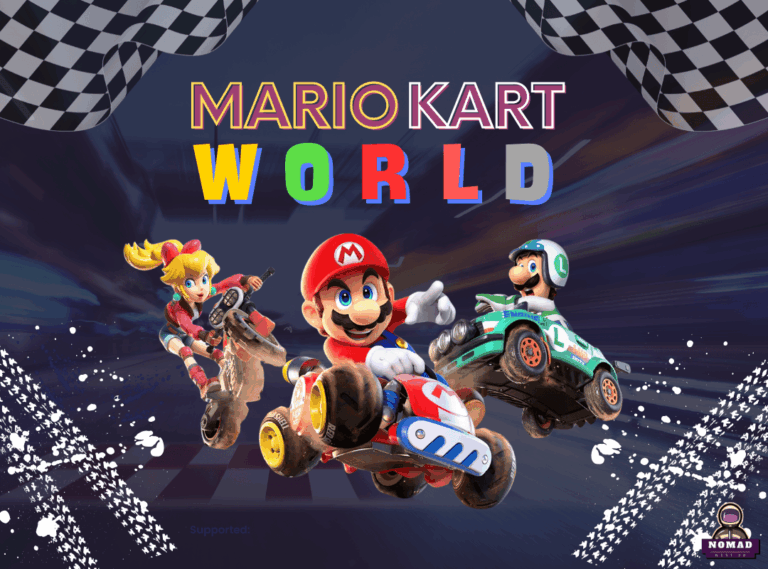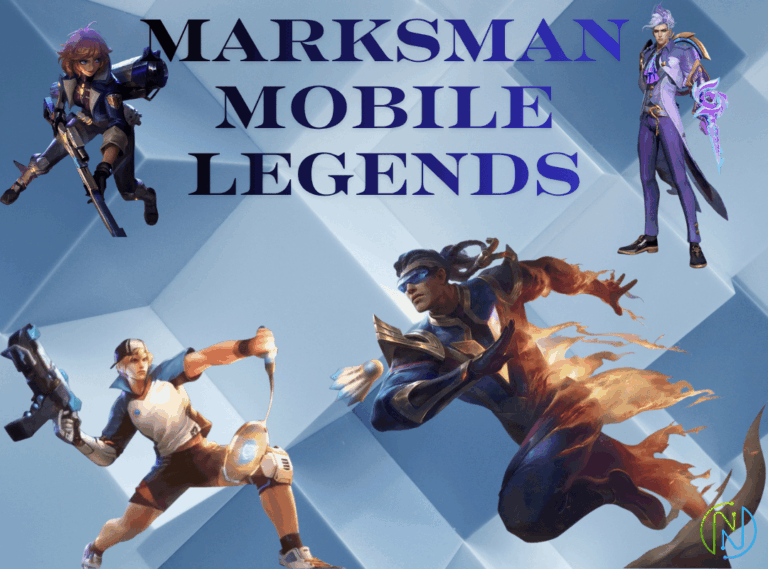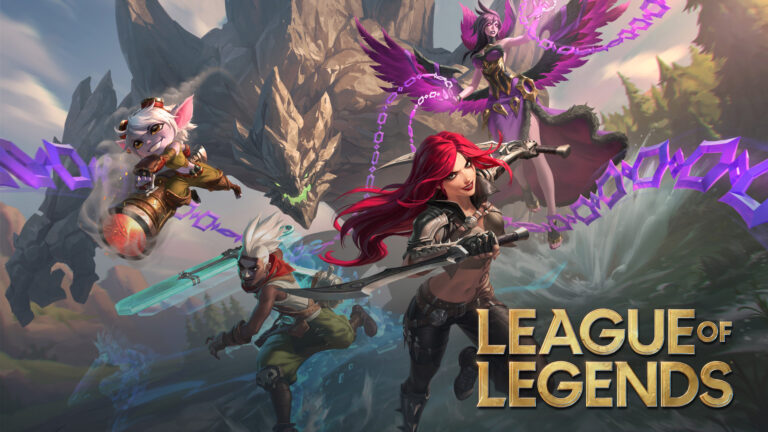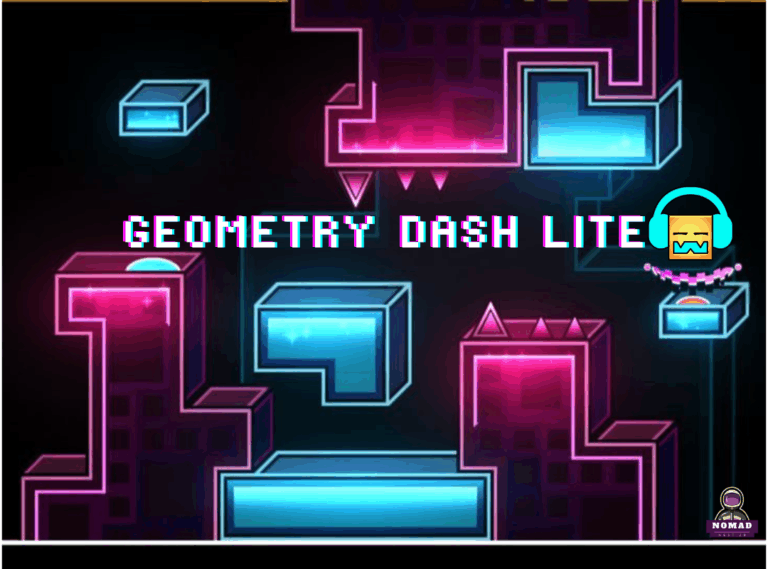Clash of Clans or Clash Royale Find Out Which Game Matches Your Style!
Clash of Clans and Clash Royale are two of the most popular strategy games developed by the Finnish game company Supercell. Although both games share some elements such as characters and style, they are fundamentally different in gameplay, objectives, and player interaction. This article provides an in-depth analysis of the similarities and differences between these two iconic games.
Similarities Between Clash of Clans and Clash Royale

If you want to read an article about Clash Royale, click here.
1. Developed by Supercell
Both Clash of Clans and Clash Royale come from the same developer, Supercell. This common origin means several aspects are consistent between the two games:
- Art Style: Both games use bright, colorful, cartoon-like graphics that appeal to a wide audience, including younger players. The character design is vibrant and easily recognizable.
- Smooth Animations: The troop movements and animations are fluid and visually appealing in both games, enhancing the immersive experience.
- Accessibility: Despite their strategic depth, both games are designed to be accessible for new players while still offering complexity for experienced gamers.
- Game Updates: Both titles receive regular updates from Supercell, introducing new troops, balance changes, and features, which keeps the player base engaged over time.
2. Troop and Character Systems
Another major similarity is that many troops and characters appear in both games, maintaining a familiar feel for players who play both titles:
- Shared Troops: Characters like the Barbarian, Archer, Giant, and Wizard exist in both Clash of Clans and Clash Royale, often with similar abilities or roles.
- Unique Abilities: Each troop has distinctive strengths and weaknesses, forcing players to consider unit synergy and counter-strategies.
- Strategic Deployment: Both games require players to think carefully about troop placement and timing to achieve victory.
3. Freemium Monetization Model
Both games are free to download and play but offer optional in-app purchases to enhance progress:
- Purchasing Currency: Gems in Clash of Clans and Gems/Coins in Clash Royale can be bought with real money.
- Speeding Progress: Players can use these currencies to speed up building times, upgrade troops faster, or unlock chests more quickly.
- Cosmetic and Functional Items: While cosmetics are limited, some purchases provide competitive advantages by boosting resources or troop strength.
- Balanced Pay-to-Win: Although purchases can accelerate progress, both games aim to maintain fair play by ensuring skill and strategy remain crucial to winning.
Also, read about games that can make money. MaGer
4. Competitive and Social Elements
Competition and community are vital parts of both games:
- Player vs Player Combat: Both games feature battling against other players worldwide, promoting competitive gameplay.
- Clan and Club Systems: Social interaction is encouraged through clans in Clash of Clans and clubs in Clash Royale, where players can chat, share tips, and support each other.
- Global Leaderboards and Events: Rankings, tournaments, and special events drive engagement and provide goals beyond casual play.
If you want to read an article about Clash of Clans, click here.
Main Differences Between Clash of Clans and Clash Royale
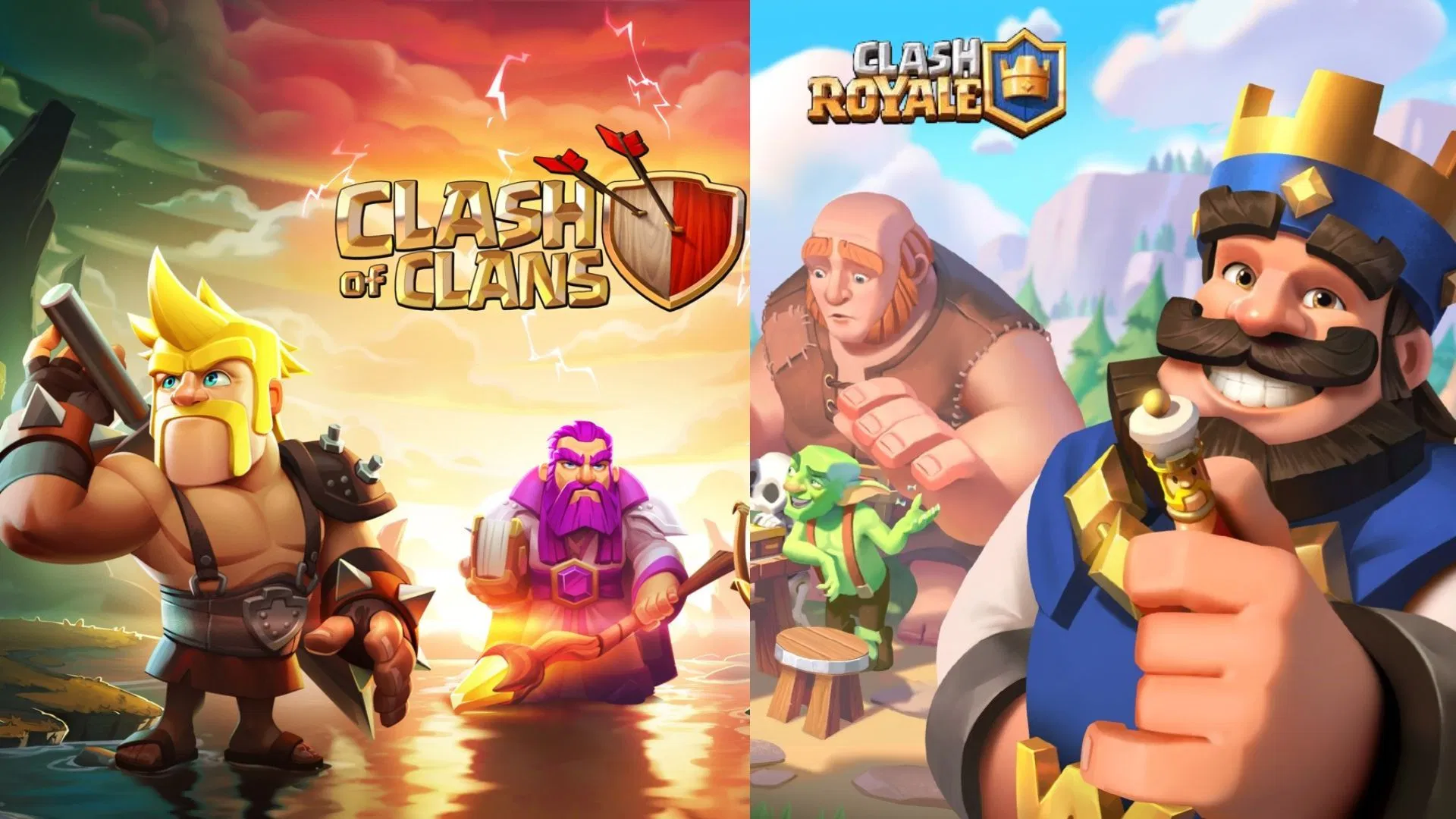
If you want to do the top Clash of Clans, click here
1. Game Type and Core Gameplay
Clash of Clans: Base-Building Strategy
Clash of Clans is primarily a base-building strategy game. Players create and develop their villages by constructing buildings, defenses, and resource collectors. The gameplay revolves around:
- Building and Upgrading: Players gather resources like Gold, Elixir, and Dark Elixir to build defenses (walls, cannons, archer towers), resource collectors, barracks, and the Town Hall.
- Defensive Planning: Village layout is critical, as players design their base to protect resources and key buildings from attackers.
- Training Troops: Players train armies consisting of different troop types to attack other players’ villages.
- Resource Management: Collecting and managing resources is vital for progression, which involves balancing offense, defense, and upgrades.
- Clan Wars: Players join clans and work together in clan wars, coordinating attacks and defenses.
Clash Royale: Real-Time Strategy Battle Arena
Clash Royale focuses on real-time battle strategy using a card system:
- Battle Arena: The game takes place in a symmetrical arena with three towers per player—two side towers and a central King’s Tower.
- Deck Building: Players build decks of 8 cards representing troops, spells, or buildings to deploy during battles.
- Real-Time Deployment: Players deploy cards in real-time using Elixir as a resource, which regenerates over the course of a battle.
- Short, Intense Matches: Each match typically lasts three minutes, with the goal to destroy opponent towers before time runs out.
- Fast-Paced Strategy: The game requires quick thinking, reflexes, and timing rather than long-term planning.
2. Troop Mechanics and Battle Flow
- Clash of Clans: Troops are deployed en masse to attack enemy bases. The battle can last several minutes, and the player’s input is limited once troops are deployed; the troops act autonomously.
- Clash Royale: Troop deployment is tactical and dynamic, occurring in real time with constant player input. The player can respond to opponent moves immediately by deploying cards to defend or counterattack.
3. Resources and Progression Systems
- Clash of Clans: Uses three main resources-Gold, Elixir, and Dark Elixir. Players must gather these to upgrade buildings, walls, and troops. Resource collection and management are essential.
- Clash Royale: Uses Coins and Gems to unlock and upgrade cards. The focus is on improving the power of the cards in a player’s deck rather than managing multiple resources or buildings.
4. Social Interaction and Community
- Clash of Clans: Social interaction centers on clans, where players can chat, donate troops, and participate in coordinated clan wars.
- Clash Royale: Social features revolve around clubs, where players share cards, practice in friendly battles, and discuss tactics. The competition is more direct and personal in one-on-one or two-on-two battles.
5. Tactical depth and strategy
- Long-term planning, such as village layout, resource distribution, and upgrade schedules, is emphasized in Clash of Clans. Players frequently meticulously plan their attacks and research opponent bases.
- Clash Royale: Concentrates on quick, short-term tactical choices, like when to utilize cards, how to spend elixir effectively, and anticipating the maneuvers of opponents.
6. Game Environment and Visual Design
- In Clash of Clans, participants construct and improve structures on a static village map. As the village expands, the surroundings shift, yet it stays in one place.
- A dynamic battle arena with symmetrical layouts intended for fair competition serves as the setting for Clash Royale. Real-time battle effects and unit movement are the main visuals.
Conclusion
In summary, Clash of Clans and Clash Royale, while developed by the same company and sharing some characters and artistic styles, provide vastly different gaming experiences:
- Clash of Clans is a long-term base-building and resource management strategy game that rewards patience, planning, and teamwork within clans.
- Clash Royale is a fast-paced, real-time strategy game that tests reflexes, quick decision-making, and tactical card play in intense battles.
Both games share a freemium model, emphasize competitive multiplayer gameplay, and maintain strong social elements, making them engaging for different types of strategy game fans.
FAQ Clash of Clans or Clash Royale?
Q1. Which game is easier to start with?
Clash of Clans is easier for players who like building and managing over time, while Clash Royale is better for those who enjoy quick, real-time battles.
Q2. Can I play both games on one device?
Yes, you can download and play both Clash of Clans and Clash Royale on the same device.
Q3. Are the troops the same in both games?
Some troops share names and designs, but their gameplay mechanics differ between the two games.

